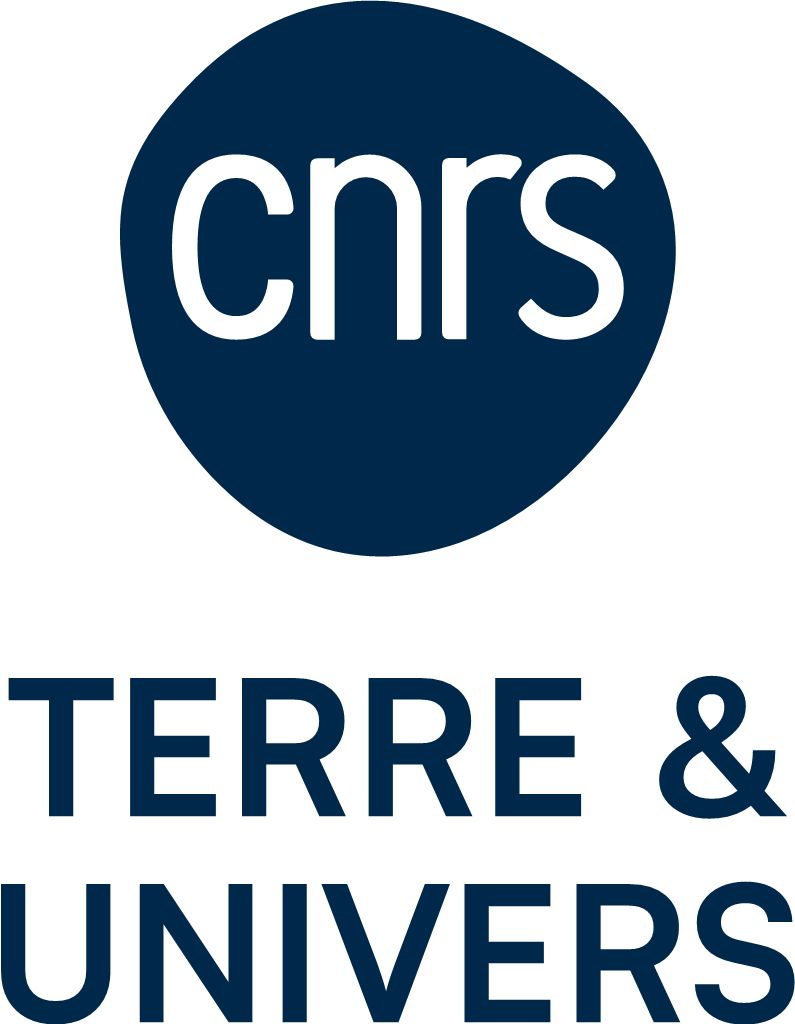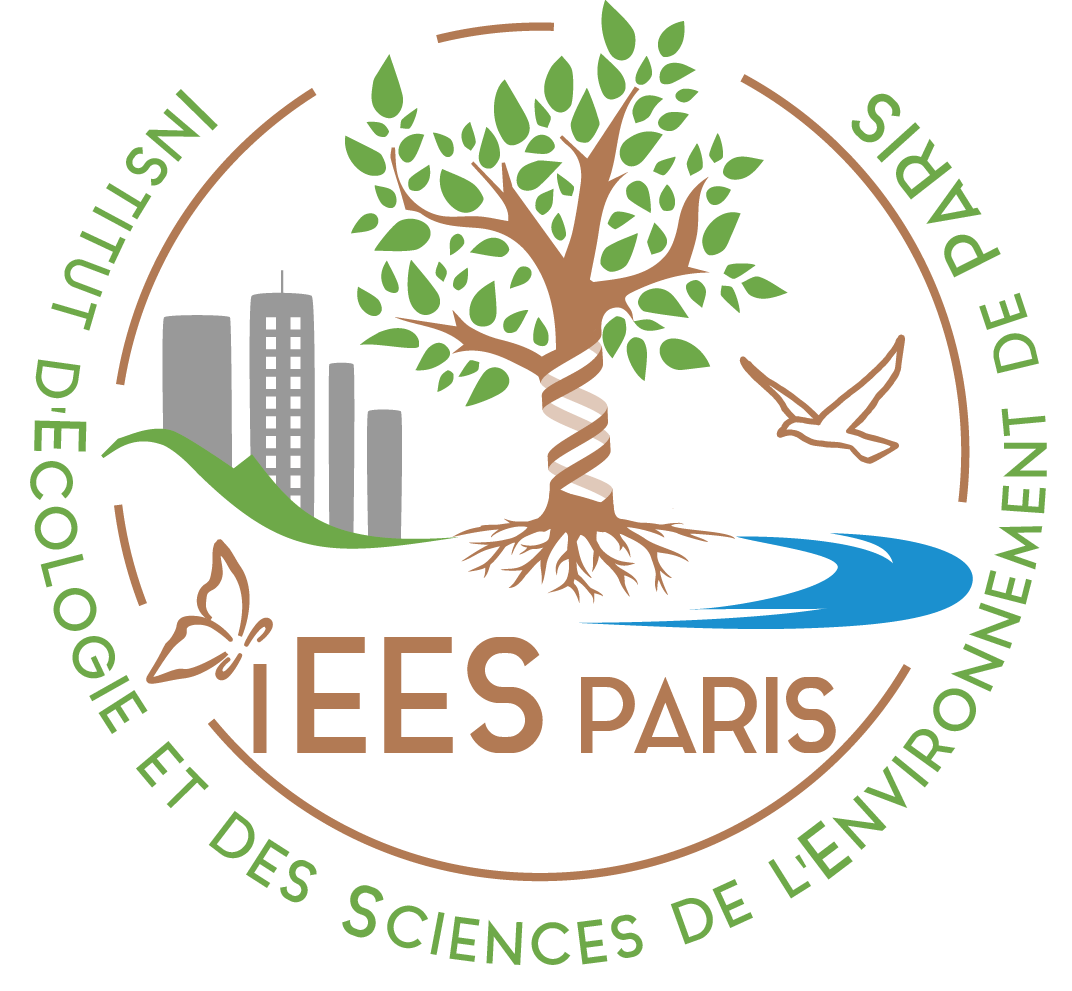Effects of hydrological regime and land use on in-stream Escherichia coli concentration in the Mekong basin, Lao PDR
In the basin of Mekong, over 70 million people rely on unimproved surface water for their domestic requirements. Surface water is often contaminated with fecal matter and yet little information exists on the underlying mechanisms of fecal contamination in tropical conditions at large watershed scales. The objectives of this paper were to (1) investigate the seasonality of fecal contamination using Escherichia coli as fecal indicator bacteria (FIB), and (2) establish links between the fecal contamination in stream water and its controlling factors (hydrology and land use). The results show the presence of fecal contamination at most of the sampled sites, with a seasonality characterized by higher and extreme E. coli concentrations occurring during the rainy season. The highest E. coli concentrations, strongly correlated with total suspended sediment concentrations, were measured in catchments dominated by unstocked forest areas, especially in mountainous northern Lao PDR and in Vientiane province.
The paper, led by Paty Nakhle, PhD student at GET, was published open access in the Scientific Reports journal.

















